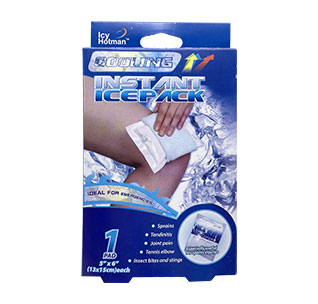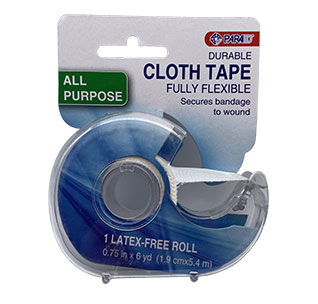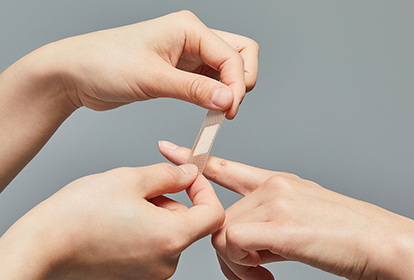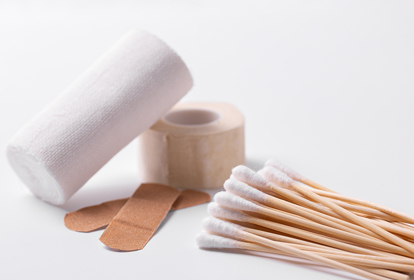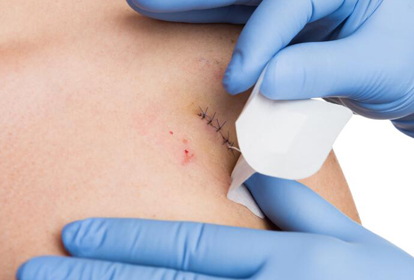First aid kits have become ubiquitous in our daily lives, found in homes, cars, workplaces, and recreational spaces. These compact repositories of medical essentials have a rich history, tracing their roots back to a time when the need for immediate, on-the-spot medical assistance became increasingly apparent. Join us on a journey through time as we uncover the intriguing origins of first aid kits and their evolution into the indispensable safety tools we know today.
Early Beginnings: Military and Battlefields
The concept of providing rapid medical care in the field has deep roots in military history. It is believed that the earliest forms of first aid kits were introduced during the 11th century by the Knights Hospitaller, who carried pouches containing balms, bandages, and other remedies. However, it was the advancements during the Napoleonic Wars in the 18th century that marked a significant step forward in the development of portable medical kits for soldiers.
Clara Barton and the American Red Cross
The American Civil War in the 1860s played a pivotal role in the popularization of first aid kits. Clara Barton, the founder of the American Red Cross, recognized the need for organized and immediate medical care on the battlefield. She and her colleagues created rudimentary first aid kits containing bandages, antiseptics, and other essentials, laying the groundwork for the widespread use of these kits in various settings.
World War I and the Standardization of First Aid Kits
World War I marked a turning point in the history of first aid kits. With the increasing prevalence of trench warfare and the need for rapid treatment, standardized first aid kits were issued to soldiers. These kits contained essential items like bandages, iodine, and tourniquets, emphasizing the importance of quick and efficient medical intervention.
Post-War Civilian Adoption and Industrial Settings
After World War II, the knowledge gained from military experiences led to the integration of first aid practices into civilian life. First aid kits became a common feature in households, schools, and workplaces. Industrial settings, in particular, embraced the idea, recognizing the value of immediate medical response in preventing injuries from escalating.
Technological Advances and Modern First Aid Kits
As technology advanced, so did the contents of first aid kits wholesale. Today, modern first aid kits include not only the basics like bandages and antiseptics but also items like CPR face shields, bulk instant ice packs, and emergency blankets. An essential item in any first aid kit is medical tape, and purchasing wholesale medical tape can be cost-effective for organizations. Additionally, smart technology has found its way into these kits, with some equipped with electronic devices for communication and guidance during emergencies. Modern first aid kits have evolved to include not just traditional medical supplies but also items like first aid direct lens wipes for cleaning lenses or glasses. In addition to standard components, many choose to buy travel-size first aid kits in bulk for convenience and preparedness. For those with sensitive skin, hypoallergenic adhesive bandages are a must-have in first aid kits.
In conclusion, the evolution of first aid kits reflects humanity's commitment to ensuring the well-being of individuals in times of crisis. From medieval battlefields to contemporary smart kits, these lifesaving companions continue to adapt and innovate, embodying the timeless principle that quick and informed action can make all the difference in the face of adversity.
Recommend Articles:
How to remove paper tape from skin
How to take a bandaid off without hurting
How to put a bandaid on your knuckle
How to open ice bag from hospital
Why You Should Refill Your First Aid Kit
 English
English
